To develop your museum business, it is essential to establish a communication strategy in line with your objectives and your target. But what are the levers to prioritize and where should you start?
Before you start, you need to establish a budget in order to determine the scope of your operations. There are many tools on the Internet today with which to make yourself known. And the good news is that they are within everyone’s reach!
Depending on the budget you wish to allocate, you can choose the appropriate communication channels. Don’t worry if your budget envelope seems light, the main thing is to make the most of it.
Here is an overview of the 7 tools that we propose to use.
- Press relations
To promote your business, your services and increase your brand awareness, it can be useful to contact journalists so that they can relay your news on their media. To do so, provide them with a press release or a more complete press pack which they can, for example, download from your website.
The journalists will communicate on information of interest to their target. You must then identify the publications that are likely to publish news about your business.
You can also surf on a “hot” news item related to your activity to back your request and to arouse the interest of the journalists.
- Local media
The local press as well as the regional web sites are useful media for acquiring local brand awareness. These nearby media generally produce good results and interesting spin-offs.
However, before investing time and money, we advise you to enquire about the number of the media’s readers or users and the quality of its content.
- Partnerships
To make yourself known, it is interesting to form partnerships to gain brand awareness freely and easily. This “win-win” practice generally refers to an exchange of visibility or recommendations with a third-party company. For example, a restaurant or hotel near your firm may promote your business and vice-versa. In so doing, you will bring each other new customers.
- Social networks
Of the 4 billion Internet users in the world, 3.2 billion are now connected to social networks. Your presence is therefore required!
But the idea is not to invade the social networks all at once at the risk of finding yourself quickly overwhelmed and forced to abandon your accounts, which creates a negative image. It is better to focus on 2 or 3 social networks, used by your target (Facebook, Twitter, Instagram, LinkedIn, etc.), and regularly publish content to lead your community.
On these social platforms, it is also possible to buy advertising space. This allows you to reach a maximum number of people according to the targeting criteria that you have previously defined. It is ideal for boosting your visibility, and at a lower cost.
- Digital advertising
Advertising on the Internet works in the same way as traditional advertising in the press for example. You have to go to an advertising agency to buy communication space (banners, display boxes, etc.).
This medium enables ultra-targeted campaigns according to different criteria that you define (sociodemographic, geographical, etc.). Digital advertising also makes it easy to highlight new formats such as video for example.
- SEO
In order for your website to get to the top results of the search engines, you have to work on your SEO. It can be natural and therefore free but you can also buy sponsored links, called “search marketing”. This involves the purchase of keywords using an auction system, and allows you to generate qualified traffic on your web environment.
Today Google, through its advertising agency AdWords, focuses almost all of the investments in this segment.
- E-mailing
Emailing can be used as a loyalty tool, if you already have a customer database, or as a prospecting tool. For this second option, it is possible to rent qualified email addresses allowing you to broadcast your message, for example, to attract users to your website.
This medium is less expensive than its paper counterpart, but its actual readership (i.e. emails opened) of between 10% and 30% varies according to the target, the day and the time of sending.


